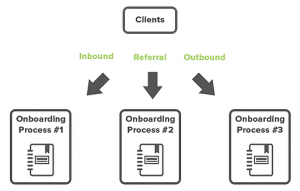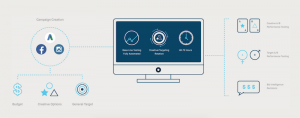measure success and being able to identify where you are looking for improvements, are all critical pieces in deciding on a customer journey analytics tool.
Given that customers’ journeys to purchase and beyond are growing increasingly complex due to the ever-increasing number of devices, channels and options at their fingertips, businesses are seeking solutions like customer journey analytics tools to help them get a handle on what customers are experiencing.
But deciding whether or not your company needs a customer journey analytics tool calls for the same evaluative steps involved in any software adoption, including a comprehensive self-assessment of your organization’s business needs, staff capabilities, management support and financial resources.
Use the following questions as a guideline to determine the answers.
- Have we identified our goals for customer journey analytics?
Implementing a customer journey analytics program can provide many benefits, but it’s critical that you reflect on what you want to achieve with this investment. Do you want to optimize your marketing spend? Are you seeking to improve customer lifetime value?
- Can all of the relevant departments work together and contribute data as quickly as necessary?
The success of a customer journey analytics program is partly dependent on whether all of the actual touchpoints are represented. Can channel partners also provide data on interactions?
- Do we have management buy-in?
Adopting customer journey analytics, as mentioned above, requires the cooperation of multiple departments within the organization. Therefore, having a C-suite advocate that can help establish the program as a priority across departments is very important for success.
- Who will own or manage customer journey analytics?
Marketing, sales, product and customer service must all contribute, and all can benefit, but you’ll need to decide who is leading the charge.
- Can we invest in organizational training?
Many of the benefits of customer journey analytics can only be realized through shifting the way businesses think about their customers — by adopting a customer-first focus. Changing perspectives throughout the business may require training and education, as well as long-term changes in processes.
- Have we established KPIs and put a system in place for tracking, measuring and reporting results?
Once you’ve established your goals and communicated them throughout the organization, you’ll need to decide on the metrics that are most important to your efforts and monitor your progress in achieving them. You may consider doing a proof-of-concept with low-hanging fruit to demonstrate the benefits of the approach to various stakeholders.
Understanding your current business processes, knowing how to measure success and being able to identify where you are looking for improvements, are all critical pieces in deciding on a customer journey analytics tool. Good luck!
The post Does your marketing team need a customer journey analytics tool? appeared first on MarTech.
MarTech(37)







